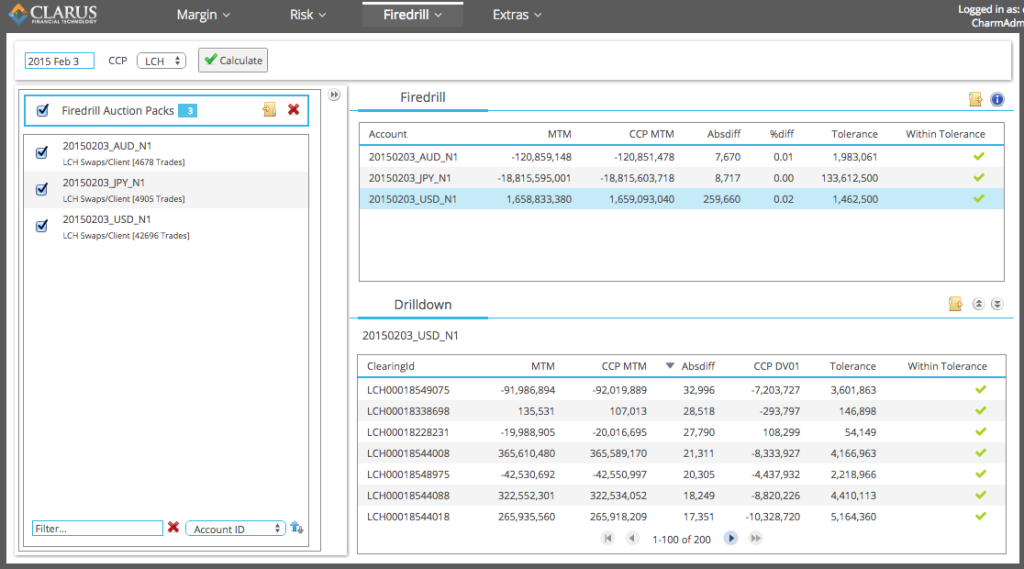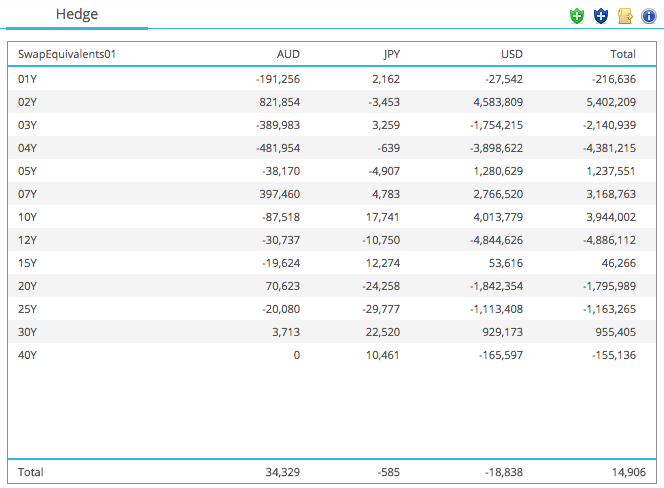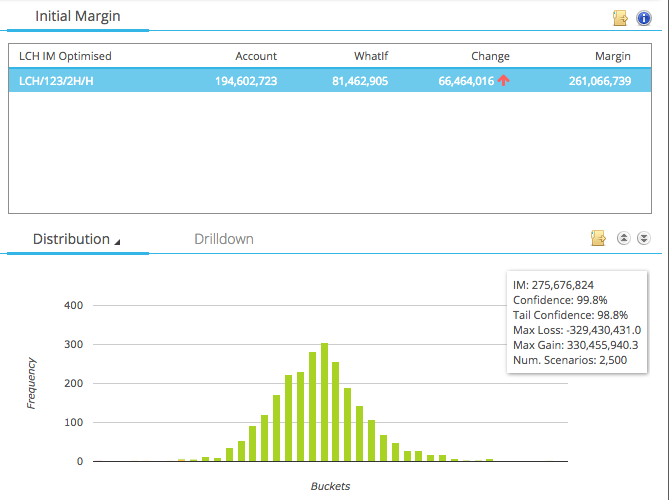There has been a lot written in the press about the increased importance of Central Counterparties (CCPs) and the cash and capital resources available in the event of member defaults.
A CCPs Default Management Process (DMP) documents the steps to be taken in the event of a member default. These are designed to utilise the defaulting members margin to cover potential market risk losses during the time it takes to auctioning the portfolio. Commonly a 5-day holding period plus liquidity add-ons for large positions are used by CCPs to determine the initial margin requirement.
We know that if a large global member defaults, it will do so for all CCPs in which it is a member. So a true test of a CCP Default Management Process would be one that is co-ordinated to be performed at the same time at multiple CCPs. In this regard I particularly like Christian Lee of Catalyst’s call for An International Default Day.
Default Management Process
Lets start by looking into what is actually involved in a DMP Process.
Typically the following:
- Transfer of Client portfolios to Non-Defaulting Members
- Neutralising Risk in the defaulting portfolio by conducting trading
- Auctioning of the portfolio as as whole or as sub-portfolios (Auction Packs)
- Attributing losses greater than the defaulting members resources
The LCH SwapClear website provides a good overview of this process and the LCH Default Rules are here.
LCH SwapClear Fire Drill
LCH like other CCPs conducts periodic Fire Drills to test its own and its members readiness to handle a large default.
Each Fire Drill exercise requires considerable resources at each Member firm:
- To set-up IT environments to handle the data and process
- To manage the operational aspect of valuation and submission of bids
Imagine if all these Fire Drills happened on the same day.
Not a lot else would get done for many weeks leading up to the day!
So clearly it would only be possible with much better co-ordination and much improved automation.
Co-ordination requires committees and working groups, which takes time, so lets start with automation.
CHARM and the SwapClear Fire Drill
In the current release of CHARM we introduced new Fire Drill functionality for the SwapClear process.
This provides the following:
- Importing of the SwapClear Auction Pack zip files
- Importing of the Reference data to value the Auction Packs
- Valuation and Reconciliation to the CCP reports
- Risk analysis on Auction Packs
- Incremental Margin impact on the House Account
- Re-run above with Members own Curves
- Providing the basis for Bids
Lets look at a few specifics from a recent run.
Which shows:
- Three Auction Packs in AUD, JPY, USD have been loaded
- These total more than 50,000 trades
- A MTM check vs the CCP marks is performed
- The Difference is less than 0.02%
- Well within the required Tolerance
- And a drill-down shows Trades in the order of the largest absolute difference
Being able to run this in a few minutes with minimal IT set-up and cost is exactly the automation that we need.
Now lets look at how Risk Neutral these packs are, by running the CHARM SwapEquivalents01 analysis.
Showing that:
- The Total 01s in each currency are indeed small
- However there are large offsetting 01s in specific tenors
So these portfolios are certainly risk reduced but they are not risk neutral.
Much as we would expect in the event of a real-world default.
In addition as a Member will have their own existing house portfolio, the addition of one or more of these Auction packs will result in a change to the Members current margin requirement.
A change that may result in either an increase or a decrease.
So lets check for that.
Showing that:
- Our members current margin requirement is $195 million
- This will increase to $261 million
- An increase that will need to be funded
Now we just need to repeat the above steps using our own curves.
Snapped at a specific time using prices we are comfortable using for the auction.
And focus on what we should bid for each Auction pack.
Simple and automated.
Thats it.
More Detail
For more detail on the SwapClear Fire Drill, I would recommend you read Nicki S Rasmussen of Danske Markets seminar; “Default Risk Management on CCPs“.
Summary
A CCPs Default Management Process is crucial.
Fire Drills of this process are conducted regularly to test member readiness.
Such Fire Drills require significant resource commitments.
Ideally they should be co-ordinated to be on the same day and for multiple CCPs.
Which could require even more resources.
Automation is the key to handle these drills efficiently.
CHARM provides this automation.



